Home>Articles>How Soon Can You Climb Stairs After Knee Replacement
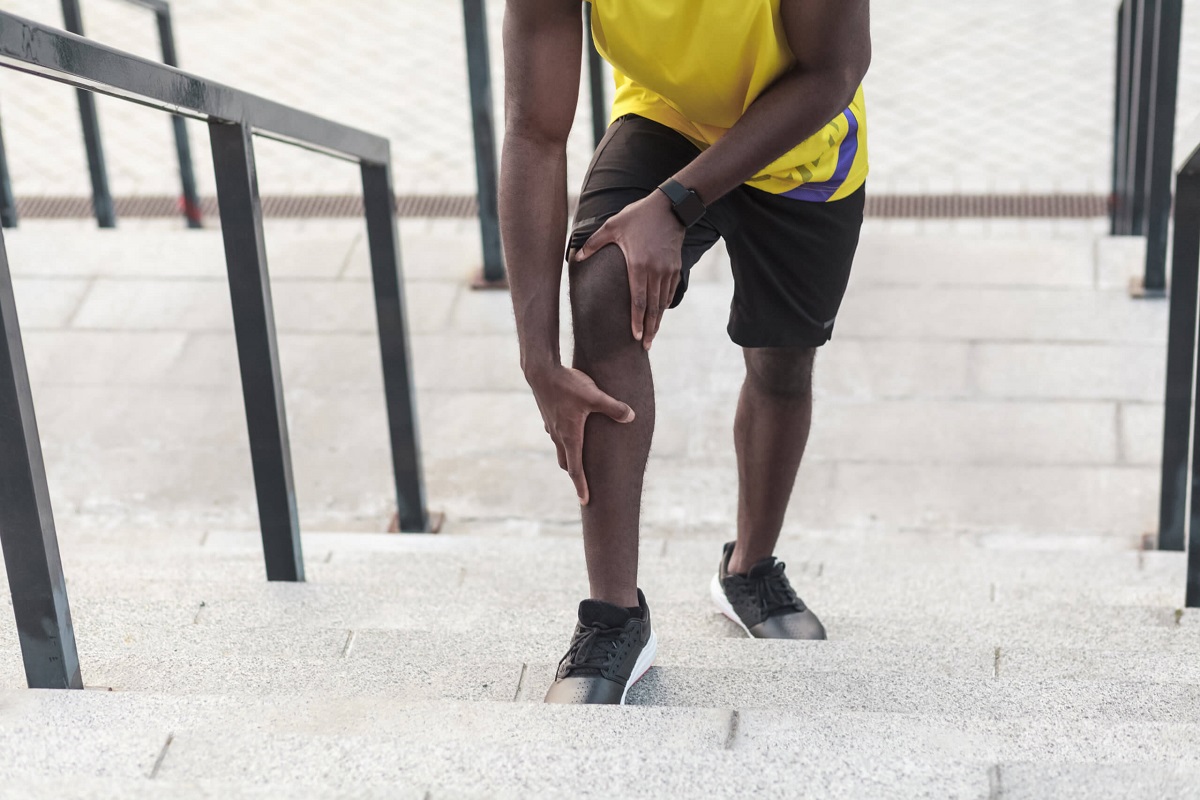

Articles
How Soon Can You Climb Stairs After Knee Replacement
Modified: December 7, 2023
Looking for articles on how soon you can climb stairs after knee replacement? Find the answers and expert advice on our website.
(Many of the links in this article redirect to a specific reviewed product. Your purchase of these products through affiliate links helps to generate commission for Storables.com, at no extra cost. Learn more)
Introduction
Undergoing knee replacement surgery is a significant decision that can greatly improve your quality of life, especially if you have been suffering from chronic knee pain and limited mobility. However, the recovery process following this surgical procedure is crucial and requires patience, dedication, and adherence to certain guidelines.
One common question that arises among individuals considering or who have recently undergone knee replacement surgery is: how soon can you climb stairs after the procedure?
In this article, we will explore the various factors that influence recovery time and provide a comprehensive guide to help you understand when and how you can safely resume climbing stairs after knee replacement surgery.
Key Takeaways:
- Recovery from knee replacement surgery varies based on factors like pre-surgery condition, age, and rehabilitation compliance. Following post-surgery guidelines and gradual progress are crucial for safe stair climbing.
- Prioritize safety when resuming stair climbing post knee replacement. Consult your healthcare team, take precautions, and listen to your body to minimize risks and achieve a successful recovery.
Understanding Knee Replacement Surgery
Knee replacement surgery, also known as knee arthroplasty, is a surgical procedure commonly recommended for individuals with severe knee damage or degenerative joint diseases such as arthritis. The surgery involves removing damaged or worn-out parts of the knee joint and replacing them with artificial components, typically made of metal and plastic. This procedure aims to alleviate pain, improve mobility, and restore the normal function of the knee joint.
During knee replacement surgery, the surgeon will make an incision in the knee area, remove the damaged components of the knee joint, and then attach the artificial components to the thighbone (femur), shinbone (tibia), and kneecap (patella). Once the components are securely in place, the incision is closed, and the patient is moved to the recovery room.
It is important to note that knee replacement surgery is a major procedure that requires anesthesia, and it typically takes a few hours to complete. After the surgery, the patient will spend a short period of time in the hospital for monitoring and initial recovery before being discharged.
It is crucial to consult with your orthopedic surgeon to determine if you are a candidate for knee replacement surgery and to discuss the details of the procedure, including potential risks and complications.
Factors Affecting Recovery Time
The recovery time after knee replacement surgery can vary from person to person and is influenced by several factors. It is important to understand these factors to set realistic expectations and ensure a smooth recovery process. Here are some key factors that can affect the recovery time:
- Pre-surgery condition: The state of your knee joint and overall health prior to the surgery can impact the recovery time. If you had weak muscles, limited range of motion, or other complications before the surgery, it may take longer to regain strength and flexibility.
- Age: Age can play a role in recovery time, with older individuals typically taking longer to recover. However, age alone should not discourage you from undergoing the surgery, as successful outcomes and improved functionality are still achievable regardless of age.
- Overall health: Your overall health and any pre-existing conditions, such as diabetes or heart disease, can affect your recovery time. These conditions may require additional precautions and medical management, which can prolong the recovery process.
- Weight: Excess weight puts additional stress on your joints, including your knee. Managing your weight and achieving a healthy BMI (Body Mass Index) can positively impact your recovery time and overall outcome.
- Post-operative care: Following your surgeon’s post-operative care instructions is crucial for a smooth and speedy recovery. This includes taking prescribed medications, attending rehabilitation sessions, and following proper wound care techniques.
- Rehabilitation compliance: How diligently you follow your rehabilitation and physiotherapy plan can significantly impact your recovery time. It is essential to commit to the recommended exercises and gradually increase your activity levels as advised by your healthcare team.
It is important to remember that while these factors can influence recovery time, every individual’s journey is unique. Your orthopedic surgeon and healthcare team will provide personalized guidance and support throughout your recovery process.
Immediate Post-Surgery Period
The immediate post-surgery period after knee replacement is a critical phase in your recovery. During this time, you will be closely monitored by healthcare professionals to ensure proper healing and to manage any potential complications. Here is what you can expect during this period:
- Hospital stay: After the surgery, you will spend several days in the hospital, typically ranging from 2 to 4 days. The length of the hospitalization may vary depending on your progress and the specific protocols of your surgeon.
- Pain management: Managing pain is a key aspect of the immediate post-surgery period. Your healthcare team will provide you with pain medications to help alleviate discomfort. It is important to adhere to the prescribed pain management plan and inform your healthcare provider if you are experiencing severe or worsening pain.
- Wound care: Proper care of the surgical incision site is crucial to prevent infections. Your healthcare team will provide instructions on how to keep the incision area clean and dry, as well as when and how to change dressings.
- Mobility exercises: Soon after the surgery, a physical therapist will guide you through gentle mobility exercises to prevent stiffness and maintain blood circulation. These exercises often involve ankle pumps, leg raises, and bending and straightening the operated leg.
- Use of assistive devices: In the immediate post-surgery period, you will likely need to use assistive devices such as crutches, walkers, or canes to aid in walking and maintain balance. Your physical therapist will provide instructions on their proper usage.
- Monitoring: During your hospital stay, healthcare professionals will closely monitor your vital signs, the condition of the incision, and your overall progress. They will also assess your pain levels and adjust medications as needed.
- Education and discharge planning: Before leaving the hospital, you will receive instructions and guidance on wound care, medication management, rehabilitation exercises, and follow-up appointments. It is essential to fully understand and follow these instructions to promote successful recovery.
It is important to note that during the immediate post-surgery period, your mobility may be limited, and climbing stairs is typically not recommended. However, as you progress in your recovery, you will gradually regain strength and mobility, enabling you to resume stairs climbing in due course.
Post-Discharge Recovery Guidelines
After being discharged from the hospital, your recovery will continue at home. Adhering to post-discharge recovery guidelines is crucial for optimal healing and a successful outcome. Here are some important guidelines to follow:
- Incision care: Follow your healthcare provider’s instructions on how to care for your surgical incision. Keep the incision area clean and dry, and monitor for any signs of infection, such as increased redness, swelling, or discharge. Contact your healthcare team if you notice any concerning symptoms.
- Pain management: Take prescribed pain medications as directed by your healthcare provider. Additionally, you can use ice packs or cold therapy to help reduce swelling and alleviate pain in the early stages of recovery. Follow the recommended schedule for pain medication administration to maintain a consistent level of pain control.
- Physical therapy and rehabilitation: Attend scheduled physical therapy sessions as advised by your healthcare team. Physical therapy plays a vital role in strengthening your muscles, improving joint flexibility, and regaining functional mobility. Gradually progress through your prescribed exercises and follow your therapist’s guidance for the best results.
- Weight management: If you are overweight, managing your weight can help reduce stress on your knee joint and enhance your recovery. Eat a balanced diet, rich in nutrients, and consult with a dietitian or healthcare provider for personalized guidance on maintaining a healthy weight.
- Avoiding high-impact activities: During the early stages of recovery, it is important to avoid activities that can put excessive strain on your knee joint, such as running, jumping, or participating in high-impact sports. Stick to low-impact exercises recommended by your healthcare team until you have fully healed.
- Follow-up appointments: Attend all scheduled follow-up appointments with your surgeon and healthcare team. These appointments allow your healthcare provider to monitor your progress, address any concerns, and adjust your treatment plan if necessary.
- Patience and gradual progress: Remember that knee replacement surgery recovery is a gradual process. It takes time for your body to heal, and progress may be slow initially. Be patient with yourself and follow the guidance of your healthcare team. Gradually increase your activity levels and only progress to stairs climbing when recommended by your therapist or surgeon.
By following these post-discharge recovery guidelines diligently, you can promote optimal healing, regain strength and mobility, and ultimately resume normal activities, including climbing stairs, with the approval of your healthcare team.
It is generally safe to start climbing stairs after knee replacement surgery once you have regained enough strength and flexibility, usually around 6-12 weeks post-surgery. Start with one step at a time and use handrails for support. Always follow your surgeon’s specific guidelines.
Rehabilitation and Physiotherapy
Rehabilitation and physiotherapy play a crucial role in the recovery process following knee replacement surgery. These interventions aim to restore joint flexibility, improve muscle strength, and enhance overall functional mobility. Here is an overview of what to expect during rehabilitation and physiotherapy:
- Initial assessment: A physiotherapist will assess your range of motion, muscle strength, and functional abilities before creating a personalized treatment plan. This assessment helps identify your specific areas of weakness and guides the development of an individualized rehabilitation program.
- Range of motion exercises: Initially, the focus will be on regaining full range of motion in your knee joint. You will perform exercises that involve bending and straightening your knee, as well as gentle stretching movements. These exercises aim to prevent stiffness and promote flexibility.
- Strengthening exercises: Once your range of motion improves, the emphasis will shift to strengthening the muscles surrounding your knee joint. Your physiotherapist will guide you through exercises targeting the quadriceps, hamstrings, and other leg muscles. Strengthening these muscles is essential for stability and reducing the strain on your knee joint.
- Balance and stability training: As you progress in your rehabilitation, your physiotherapist may introduce exercises to improve your balance and stability. These exercises can include standing on one leg, using balance boards or stability balls, and performing controlled movements to challenge your stability.
- Gait training: Restoring a normal walking pattern is an important aspect of rehabilitation. Your physiotherapist will work with you to improve your walking technique, ensuring proper weight distribution and a smooth gait. Assistive devices, such as crutches or canes, may be used initially and gradually phased out as your walking improves.
- Functional training: Your rehabilitation program will also incorporate functional exercises that mimic daily activities, such as climbing stairs, getting up from a chair, or stepping onto curbs. These exercises help you regain confidence and prepare you for real-life situations.
- Pain management: Throughout your rehabilitation, your physiotherapist will address any pain or discomfort you may experience. They will teach you pain management strategies, such as using ice packs, heat therapy, or transcutaneous electrical nerve stimulation (TENS) units.
Rehabilitation and physiotherapy are not a one-size-fits-all approach. The duration and intensity of the program will vary based on your individual progress and goals. Your physiotherapist will continuously monitor your condition and adjust the exercises and treatments as needed to maximize your recovery outcomes.
Gradually Resume Stair Climbing
Stair climbing is a functional activity that many individuals look forward to resuming after knee replacement surgery. However, it is important to approach stair climbing cautiously and gradually to ensure a safe and successful recovery. Here are some guidelines to help you resume stair climbing:
- Consult your healthcare team: Before attempting to climb stairs, consult your orthopedic surgeon or physical therapist. They will assess your progress, evaluate your knee strength, and determine if you are ready to start stair climbing.
- Start with the easier direction: Begin by ascending or descending stairs that are less challenging. If possible, start with a handrail for support on one side to provide additional stability and confidence.
- Take one step at a time: Initially, focus on taking one step at a time and maintaining proper technique. It may be helpful to place your non-operated leg on the stair first and then follow with your operated leg. This pattern reduces strain on the surgical knee.
- Use the railing for support: As you regain confidence and strength, continue utilizing the handrail for support. Ensure that the handrail is secure and stable before placing weight on it.
- Avoid excessive strain: Pay attention to your body and avoid overexertion or pushing yourself too hard. Take breaks if needed and listen to any discomfort or pain signals from your knee.
- Increase gradually: Gradually increase the number of stairs you climb and the frequency of stair climbing sessions. Start with a few stairs initially and progressively work your way up as your strength improves.
- Maintain proper form: Focus on maintaining proper posture and alignment while climbing stairs. Keep your back straight, engage your core muscles, and avoid leaning excessively on the handrail.
- Support with exercises: Continue to perform exercises recommended by your physiotherapist to strengthen the muscles surrounding your knee joint. Stronger muscles provide better stability and support during stair climbing.
- Monitor for any issues: Pay attention to any new or recurring pain, swelling, or discomfort in your knee or surrounding areas. If you experience any unusual symptoms, consult your healthcare team for further evaluation.
Remember that every individual’s recovery is unique, and the ability to resume stair climbing will vary. It is crucial to follow the guidance of your healthcare team and progress at a pace that is suitable for your specific condition and recovery progress.
Precautions and Tips for Safe Stair Climbing
When resuming stair climbing after knee replacement surgery, it is important to take necessary precautions to ensure a safe and successful experience. Here are some precautions and tips to follow:
- Take your time: Don’t rush when climbing stairs. Take each step deliberately and at a comfortable pace. Allow yourself ample time to navigate the stairs without feeling rushed or off balance.
- Wear appropriate footwear: Choose supportive and stable footwear that provides good traction. Avoid wearing high-heeled shoes or slippery soles, as they can increase the risk of falls.
- Secure the handrail: Before starting the ascent or descent, ensure that the handrail is firmly secured and stable. Use the handrail for support and balance throughout the stair climbing process.
- Avoid distractions: Concentrate on the task at hand and avoid distractions such as talking on your phone or carrying heavy objects while climbing stairs. Focus on maintaining proper form and being aware of your surroundings.
- Add lighting if necessary: Make sure the staircase is well-lit to improve visibility and reduce the risk of tripping or misjudging the steps. Install additional lighting if needed or use a flashlight when climbing stairs in low-light areas.
- Keep the stairs clear: Remove any obstacles or clutter from the stairs to create a clear path for safe climbing. Ensure there are no loose carpets, toys, or other items that could cause you to trip or lose balance.
- Consider using a stair lift: If you experience challenges or have difficulty with stairs, you may consider installing a stair lift in your home. A stair lift can assist in safely transporting you up and down the stairs, minimizing the strain on your knee joint.
- Continue with strength exercises: Maintain a regular exercise routine that includes exercises to strengthen your leg muscles, particularly the muscles around your knee joint. Stronger muscles provide better stability when climbing stairs.
- Listen to your body: Pay attention to any warning signs or discomfort during and after stair climbing. If you experience excess pain, swelling, or fatigue, take a break and rest. It is important to listen to your body and not push beyond your limits.
By following these precautions and tips, you can minimize the risk of accidents or setbacks when climbing stairs after knee replacement surgery. Always prioritize safety and consult with your healthcare team if you have any concerns or questions.
Conclusion
Knee replacement surgery offers a new lease on life for individuals suffering from chronic knee pain and limited mobility. While the recovery process requires patience and dedication, it is crucial to approach it with a positive mindset and realistic expectations.
Understanding the factors that influence recovery time, complying with post-surgery guidelines, and actively participating in rehabilitation and physiotherapy are essential steps towards regaining strength, mobility, and confidence. Gradually resuming activities, such as stair climbing, should be approached cautiously and under the guidance of your healthcare team.
By following the precautions and tips for safe stair climbing, such as taking your time, using handrails for support, and maintaining proper form, you can minimize the risk of injuries and progress towards a successful recovery. It is important to listen to your body, be patient with the process, and seek guidance from your orthopedic surgeon and physical therapist along the way.
Every individual’s recovery journey is unique, and the timing for resuming stair climbing can vary. By being proactive in your rehabilitation and prioritizing your safety, you can regain your independence and enjoy a more active lifestyle post knee replacement surgery.
Remember, your healthcare team is there to support you every step of the way. If you have any concerns or questions during your recovery, do not hesitate to reach out to them. With dedication, perseverance, and proper care, you can regain your mobility and enjoy the benefits of a successful knee replacement surgery.
Frequently Asked Questions about How Soon Can You Climb Stairs After Knee Replacement
Was this page helpful?
At Storables.com, we guarantee accurate and reliable information. Our content, validated by Expert Board Contributors, is crafted following stringent Editorial Policies. We're committed to providing you with well-researched, expert-backed insights for all your informational needs.



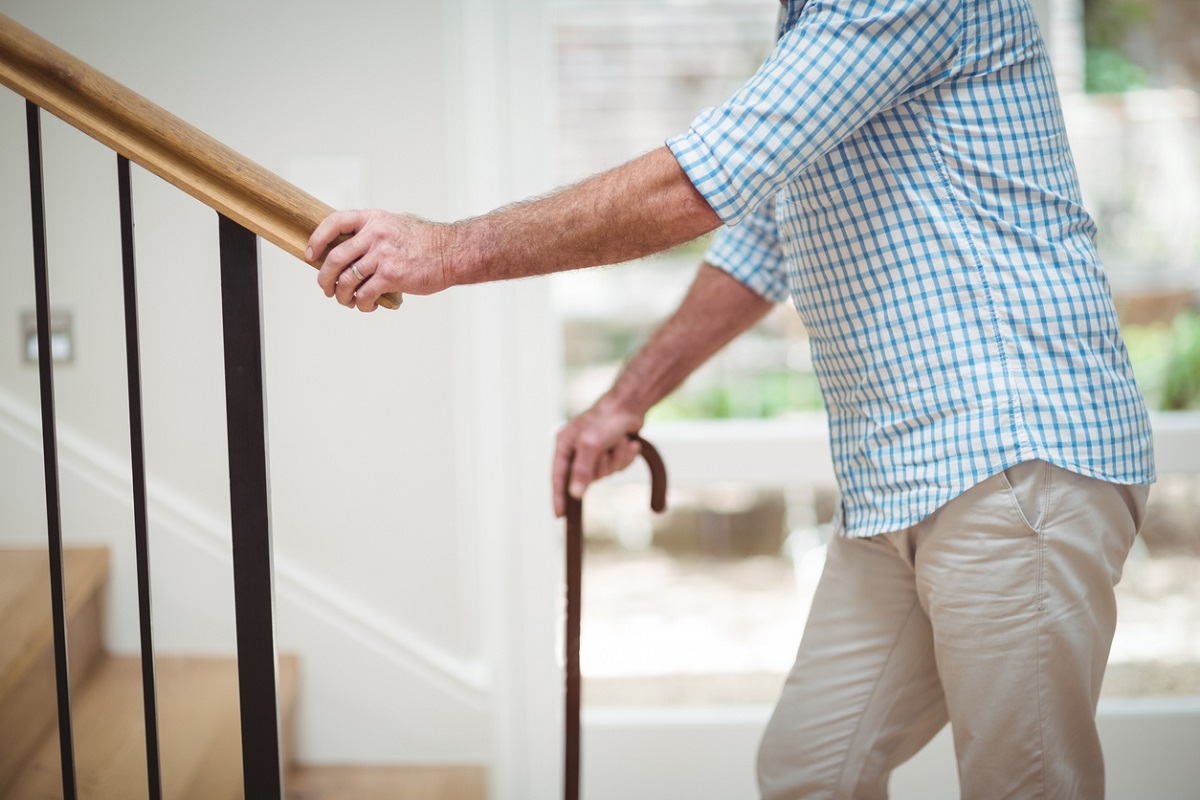

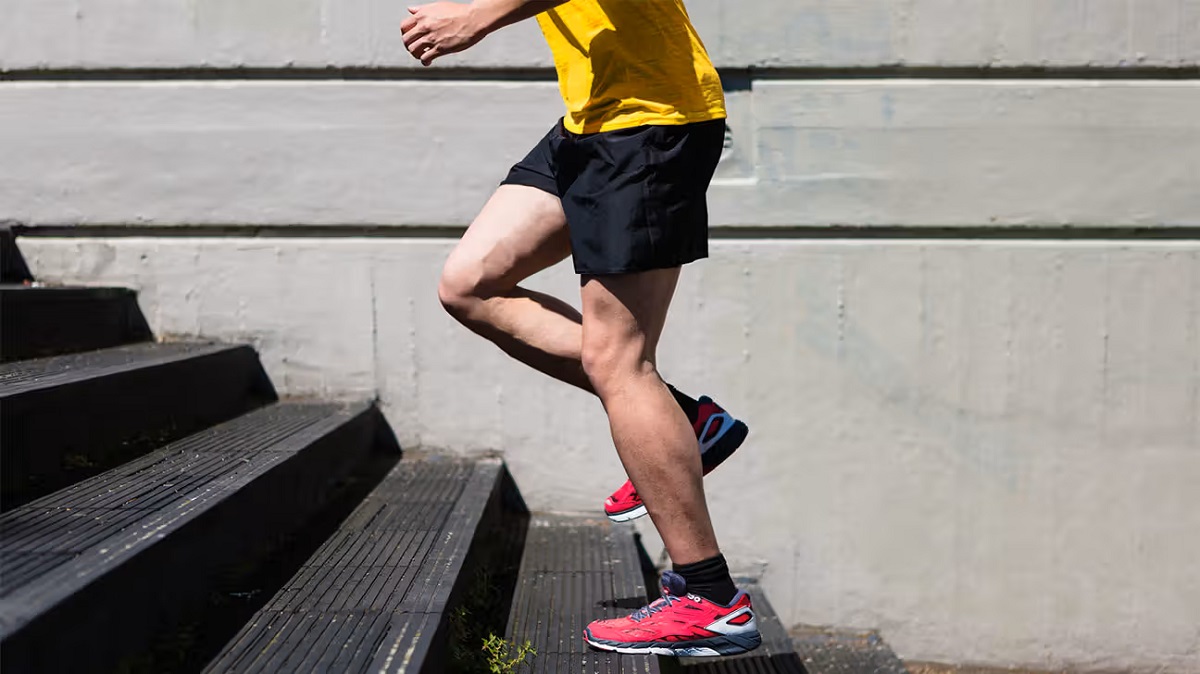
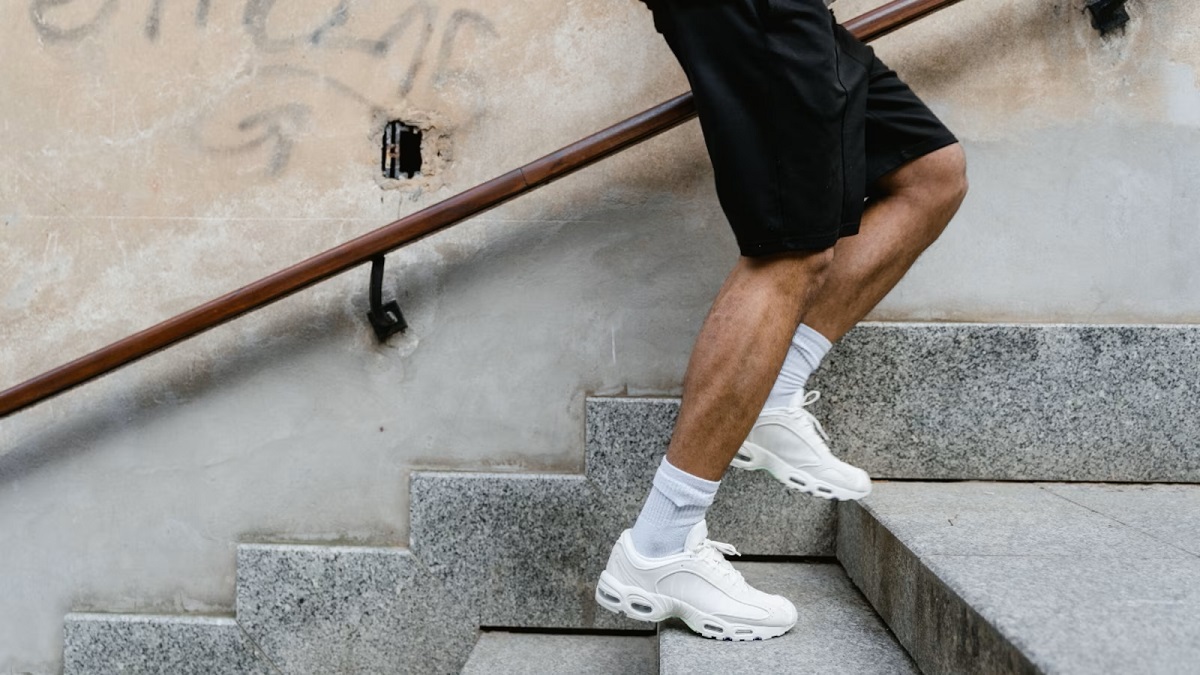




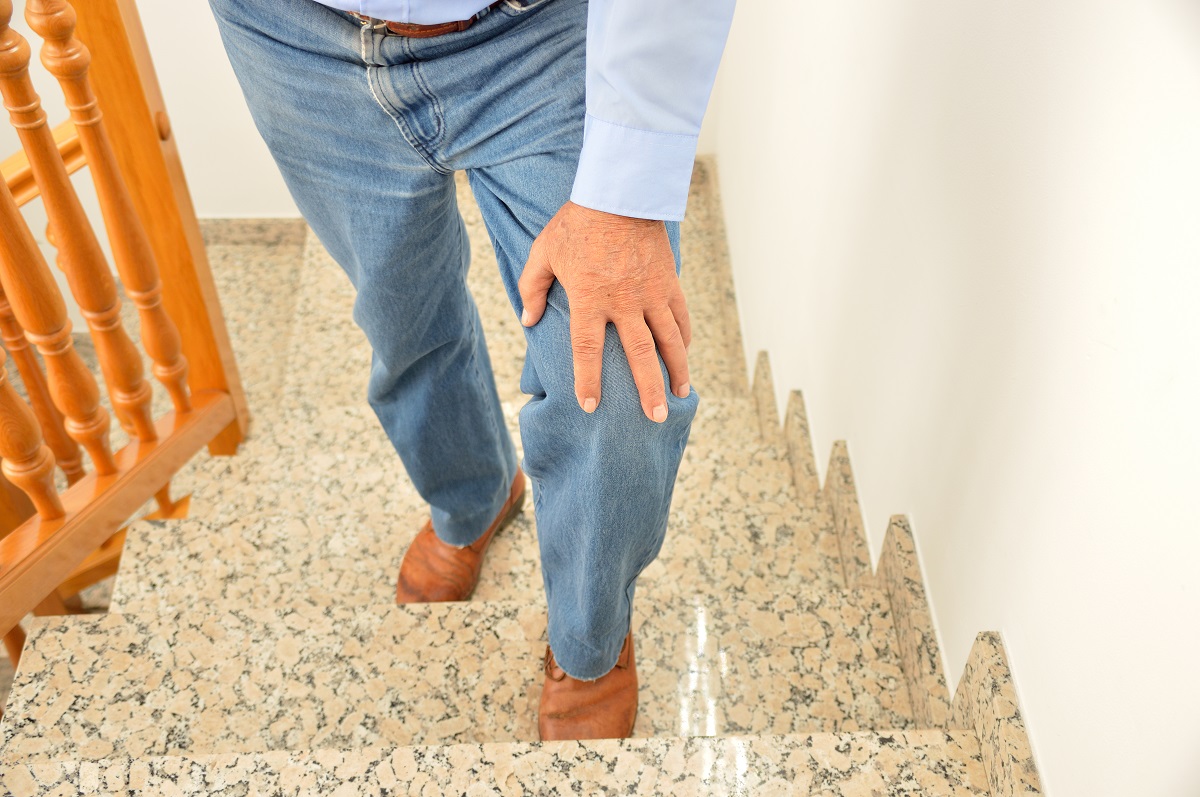

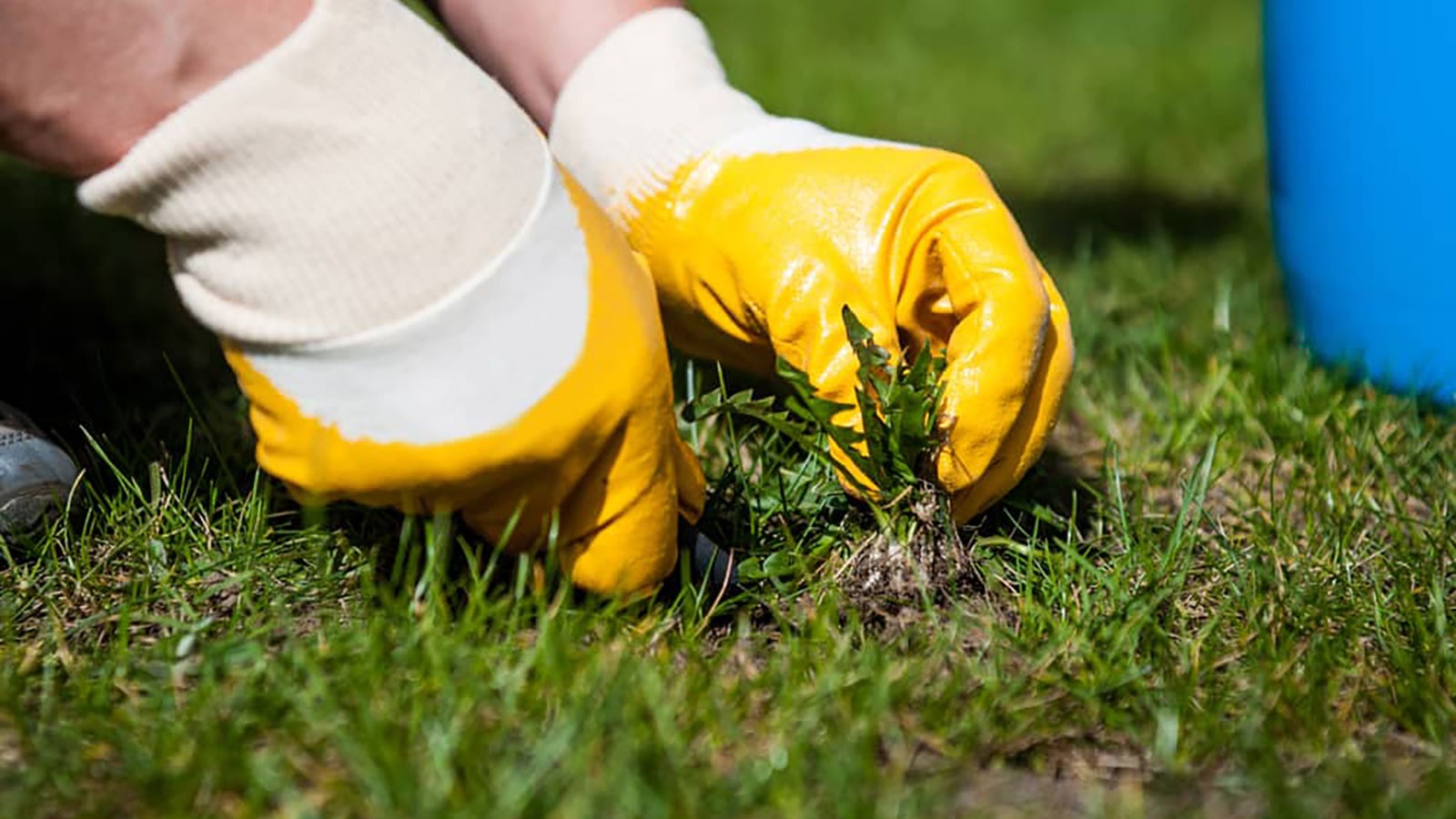

0 thoughts on “How Soon Can You Climb Stairs After Knee Replacement”